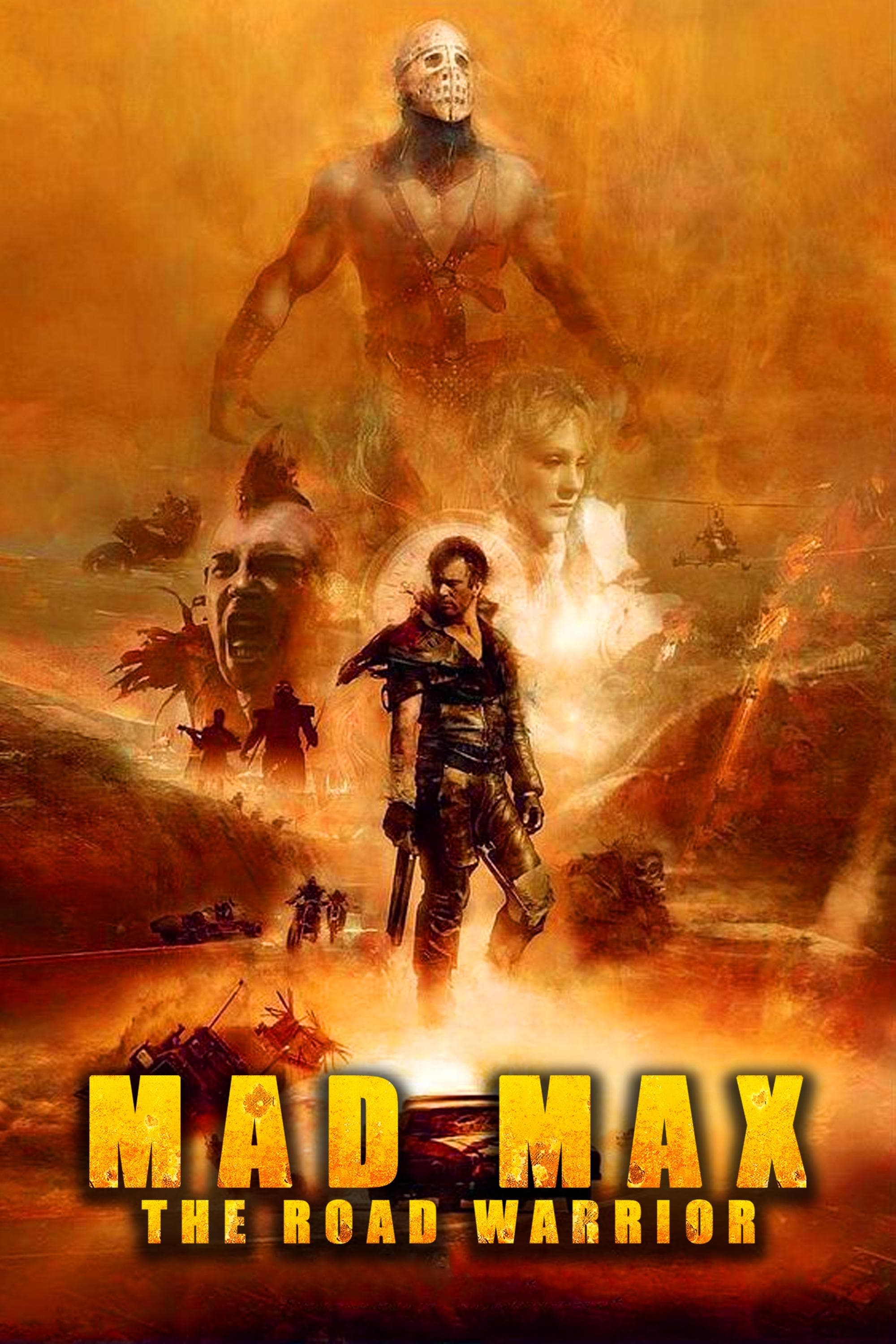
Mad Max 2
1981
Rate this movie
Average: 0.00 / 5
(0 votes)
Director
Second film in the Mad Max saga, directed by Australian George Miller. A work that, despite its sequel nature, not only consolidates but redefines the contours of a narrative universe already powerfully sketched in its predecessor. Indeed, it is one of those rare and precious cases where the second chapter is largely preferred to the first, not for a mere increase in budget or ambition, but for a more refined sense of narrative rhythm, cinematography that elevates desolation to a stylistic hallmark, and a directorial talent in translating the story into images that here reaches its full expressive maturity. If the first Mad Max was a desperate cry, an explosion of punk violence fueled by a shoestring budget and visceral rage, The Road Warrior transforms into an epic, a true mythology of the post-apocalypse, bestowing upon its protagonist an almost archetypal stature and upon the surrounding environment the dignity of a co-star.
A very young Mel Gibson, in the prime of his raw yet charismatic prowess, lends his physique du rôle to this derelict adventurer, a 'man with no name' who traverses the scars of a dystopian future. The world as we know it has been swept away by an unspecified wartime catastrophe – perhaps an echo of the atomic fears and energy crises that troubled the West in the 1970s and 80s – which has drained all resources from the earth. In this scenario of absolute scarcity, men find themselves fighting with primal ferocity for fuel, elevated to the status of the most precious commodity, a symbol not only of mobility but of survival itself, of freedom, and of power in a post-civilization era where the law of the strongest is the only currency.
In this desolate context, where the desert has reclaimed the landmasses and progress has regressed to a daily struggle for existence, motor vehicles are not mere means of transport, but true extensions of will, steel armor in the new Wild West, the only tools that guarantee survival in a regressed anarchy. They are mobile sanctuaries, weapons, homes, and tombs. Our hero, Max Rockatansky, a solitary and cynical figure, almost a warrior monk dedicated to individual survival, finds himself, despite himself, breaking his self-sufficiency to aid a community of Apocalypse survivors. These, the last bastion of a humanity that still believes in solidarity, attempt to defend invaluable fuel from the assaults of a ruthless band of cutthroats, a barbaric and grotesque tribe led by the terrible Humungus. The latter, a masked giant with an almost Shakespearean eloquence, is more than a mere villain; he is the embodiment of organized barbarity, the face of power emerging from chaos, flanked by his faithful and feral lieutenant Wez, a true force of nature of pure, uncontrollable violence.
Very effective is Dean Semler's use of cinematography, which, through scorched chromatics, infinite horizons, and leaden skies, successfully conveys the flavor, the essence of this post-nuclear desolation. Dust, sweat, twisted metal, and tortured flesh become elements of a visual palette that transcends pure realism to culminate in an almost pictorial aesthetic of ruin. Miller, for his part, demonstrates enviable craftsmanship in the action scenes, shaping chaos into a choreography of destruction that has few equals. His excellent work is not limited to impressing with its spectacularity but holds the historical merit of creating a new genre of Car Crash Movies, or rather, reinterpreting their foundations, elevating them to a kinetic ballet of sheet metal and speed. Here, the clangor of deformed car bodies, the deafening roar of souped-up engines, and the sweat of biceps tensed in desperate effort do not form a mere winning mix, but an autonomous cinematic language. The almost obsessive use of practical stunts, at the cost of enormous risks for the cast and crew, imbues every impact, every rollover, with a physical gravitas and a visceral quality that today's, though spectacular, CGI often struggles to replicate. Every explosion is real, every skid is a mechanical virtuosity.
An adrenaline-fueled film, then, with some notable sci-fi elements, thanks to the screenplay by Miller himself and Terry Hayes. But to reduce The Road Warrior to a mere action spectacle would be an injustice. Beneath the veneer of gasoline and blood lies a bitter reflection on human nature, on the transience of civilization, and on the perpetual struggle between order and chaos. It is a western sui generis, where horses are replaced by monstrous vehicles and Native Americans by post-apocalyptic gangs, but the spirit is that of the solitary avenger, the besieged community, and the escape towards an uncertain horizon of hope. Its influence has been enormous, permeating pop culture and defining for decades the post-apocalyptic imagery in cinema, television, and video games. It is a testament to Miller's ability to build a credible, brutal, yet strangely fascinating world, a dystopian warning that continues to resonate, a quarter of a century later, with disturbing relevance, inviting us to reflect on the cost of our energy dependence and the fragility of our civilization.
Country
Gallery
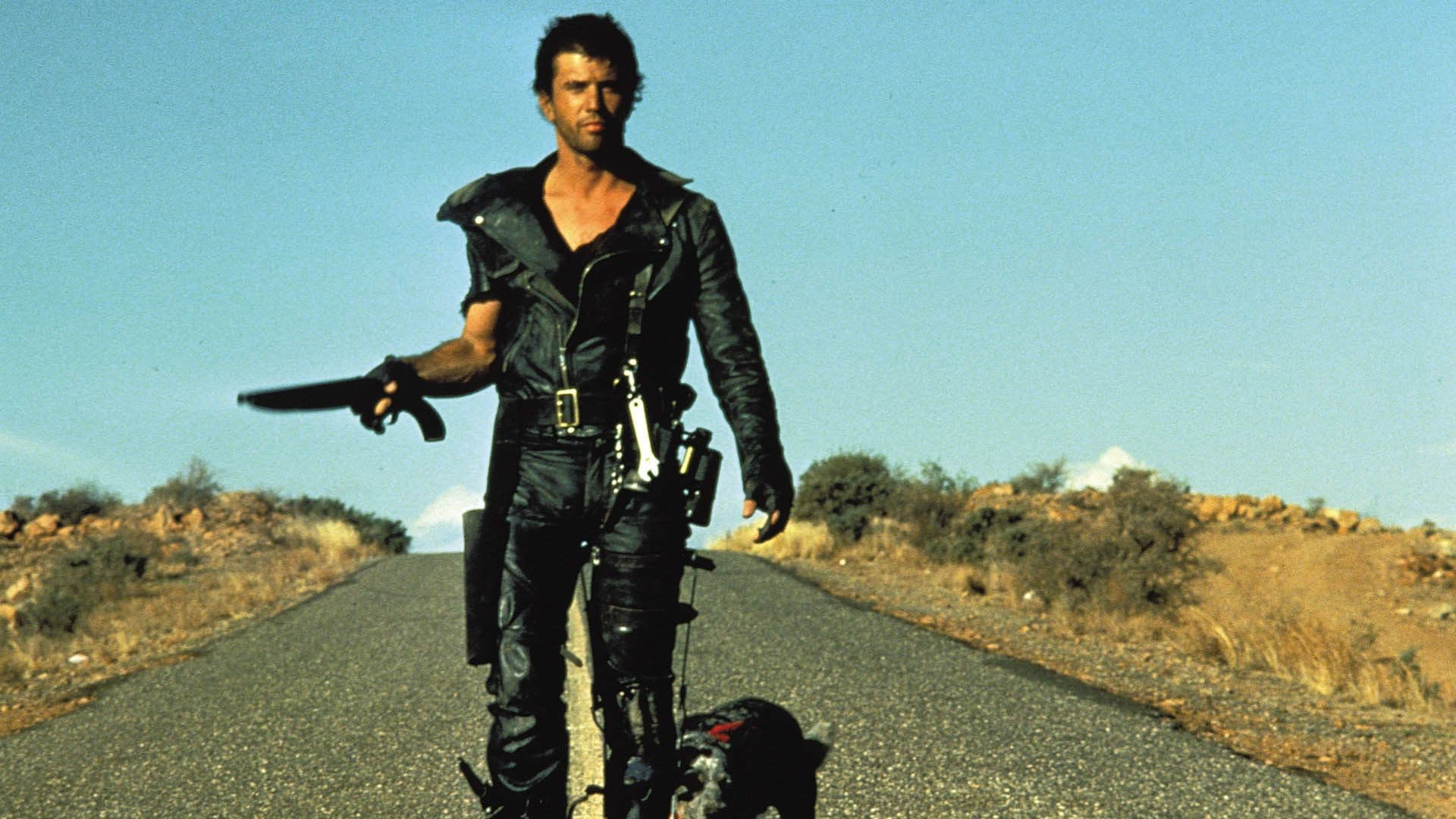
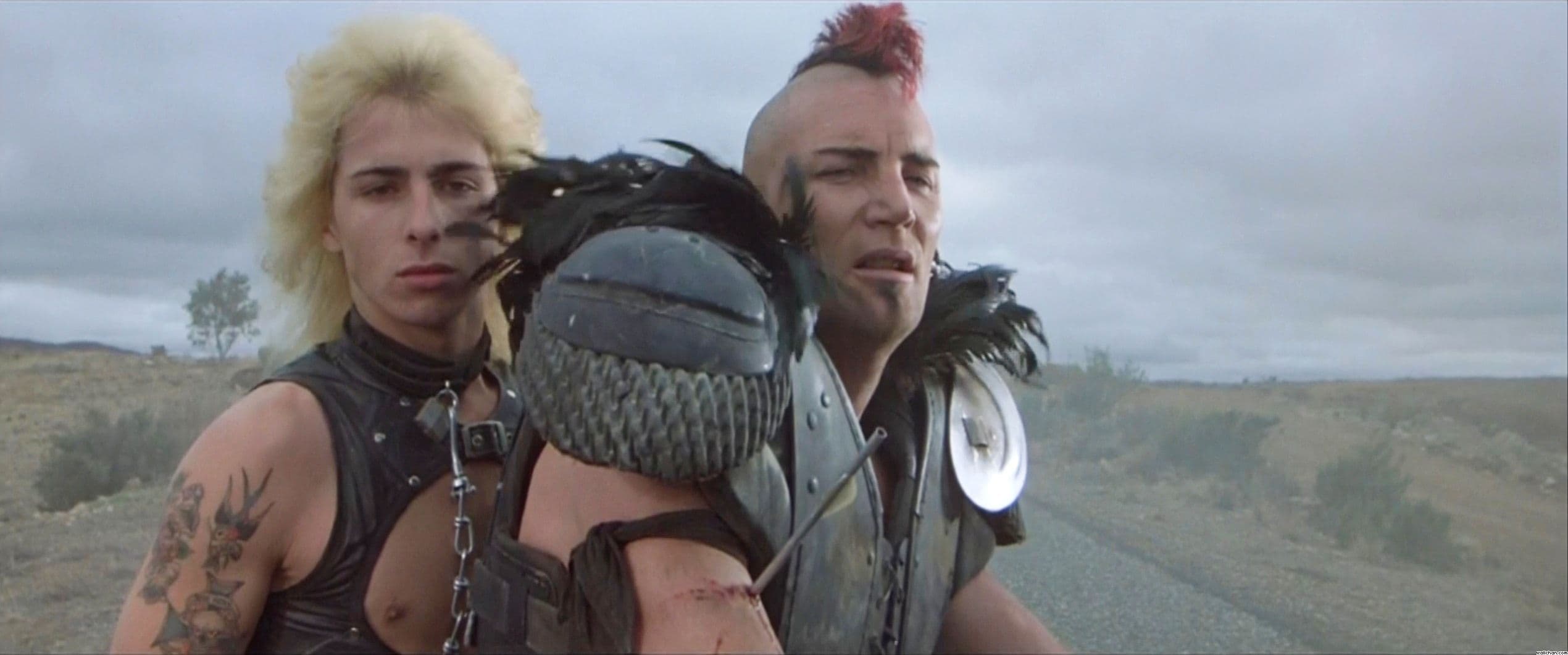
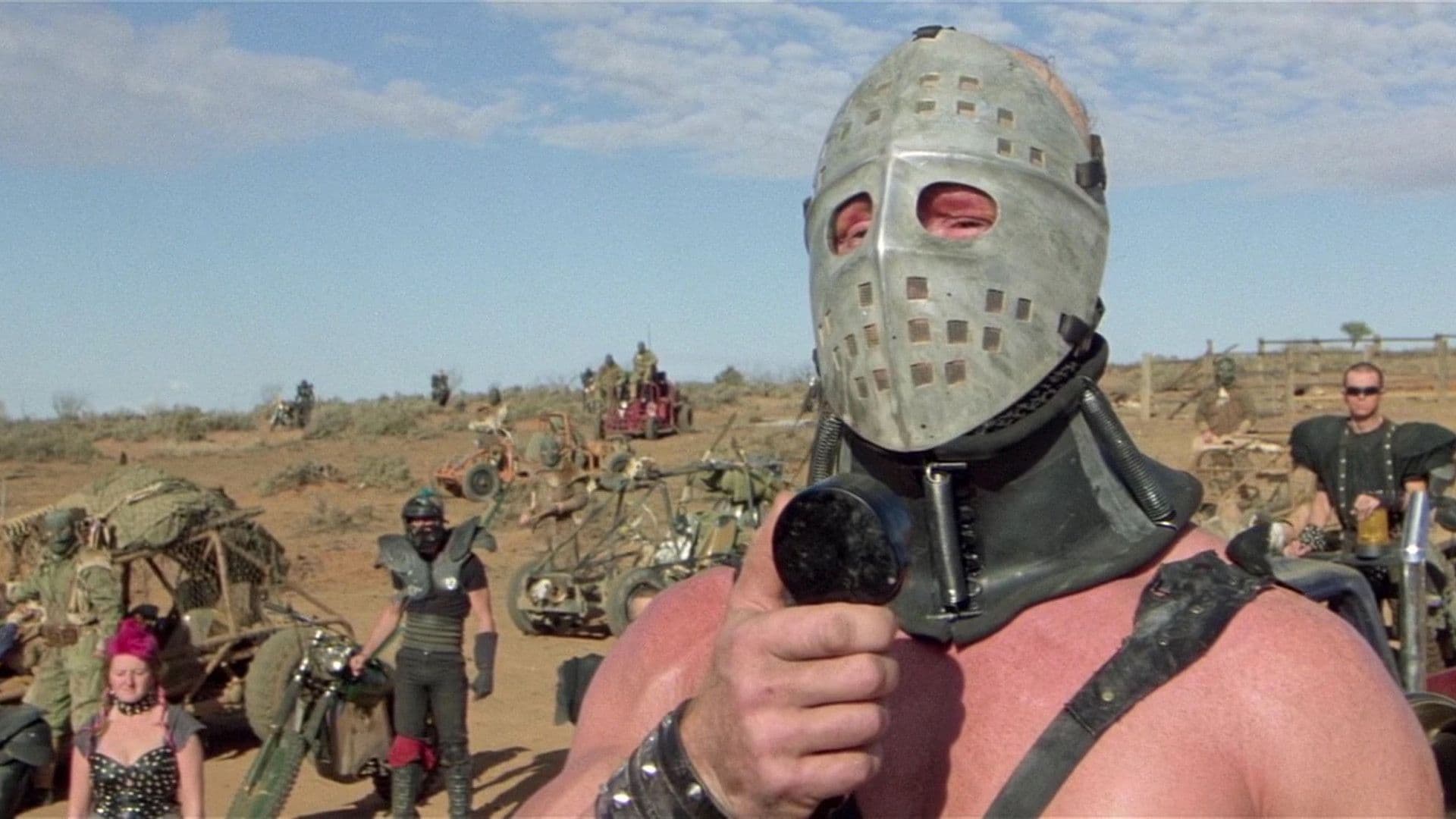
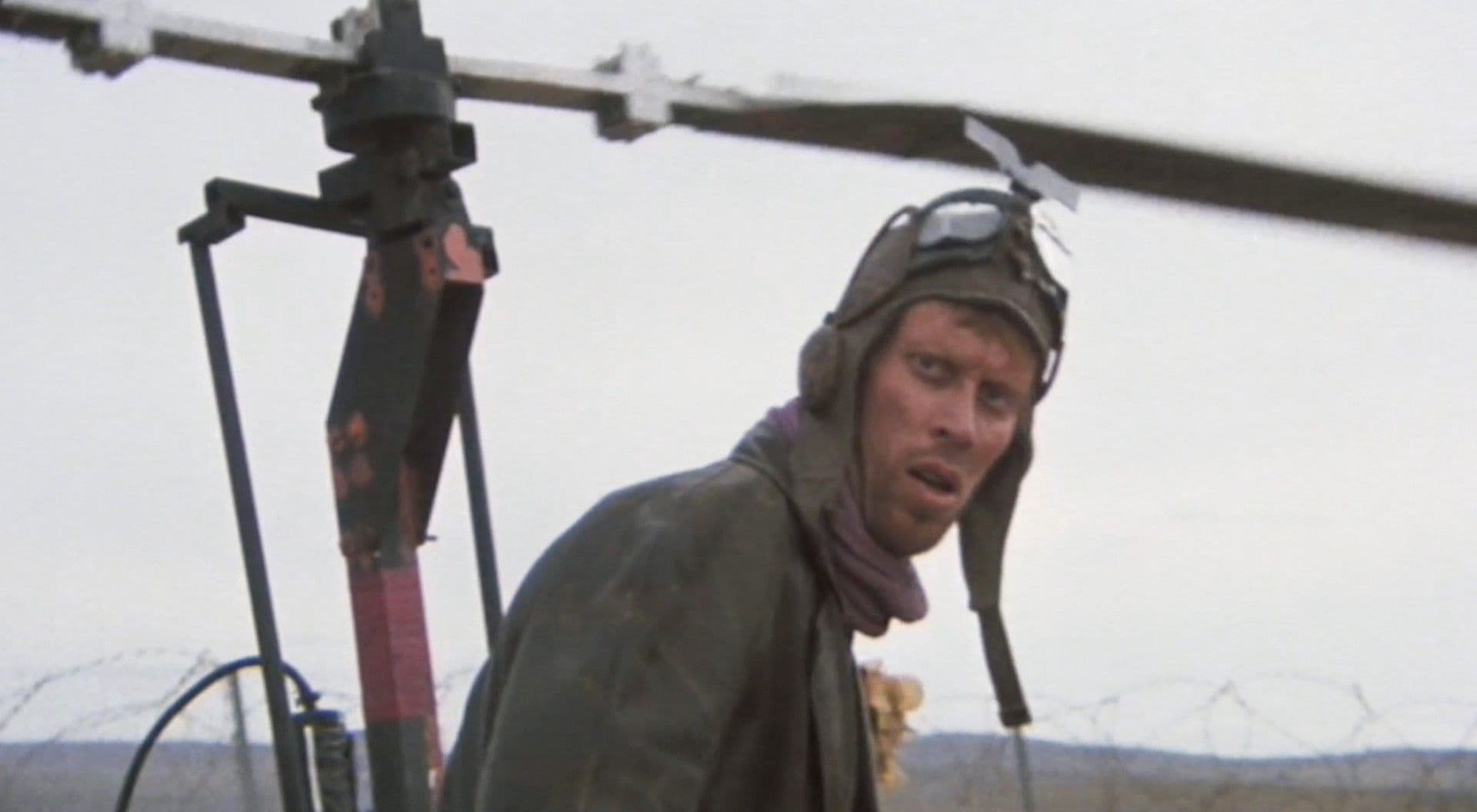
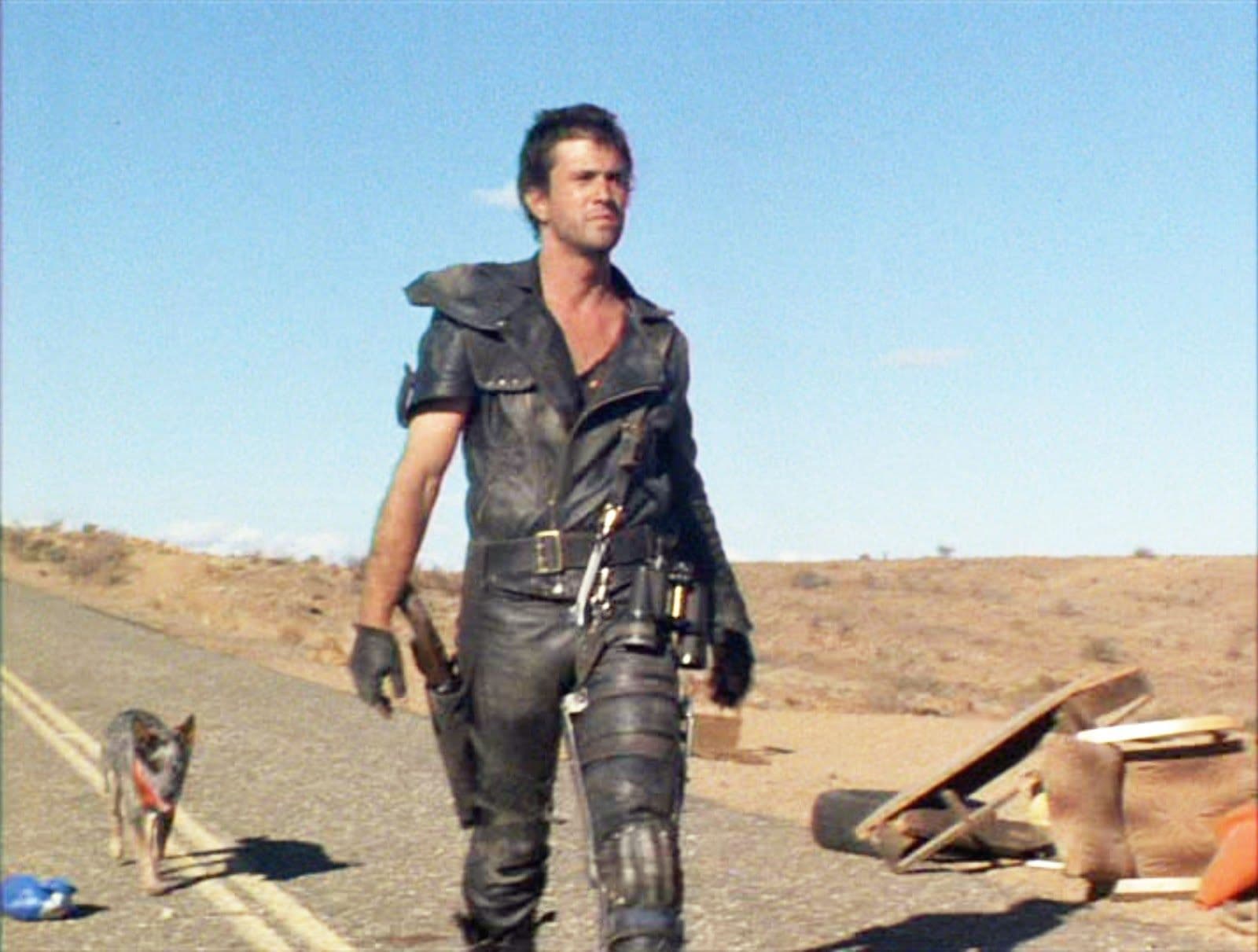
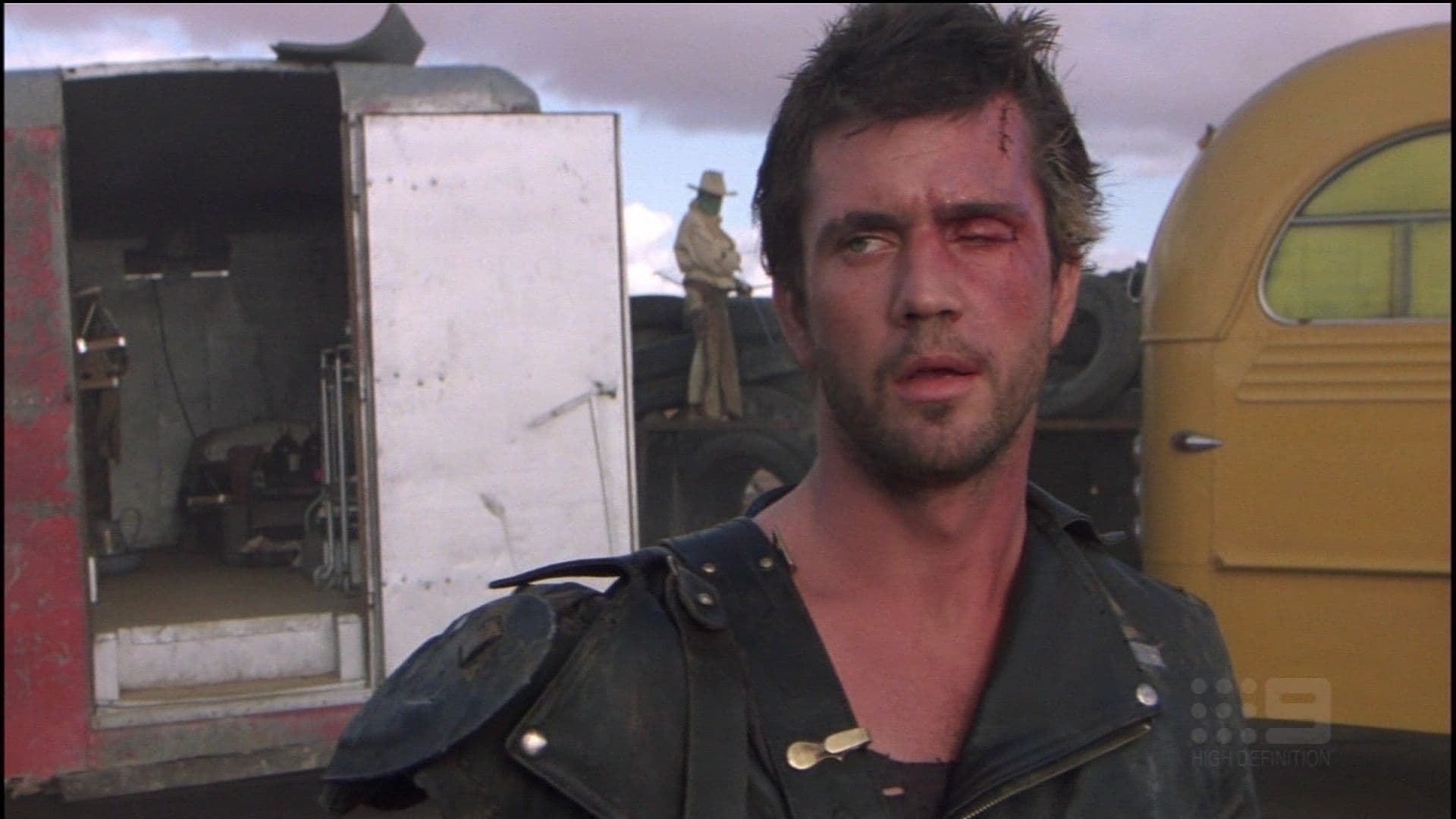
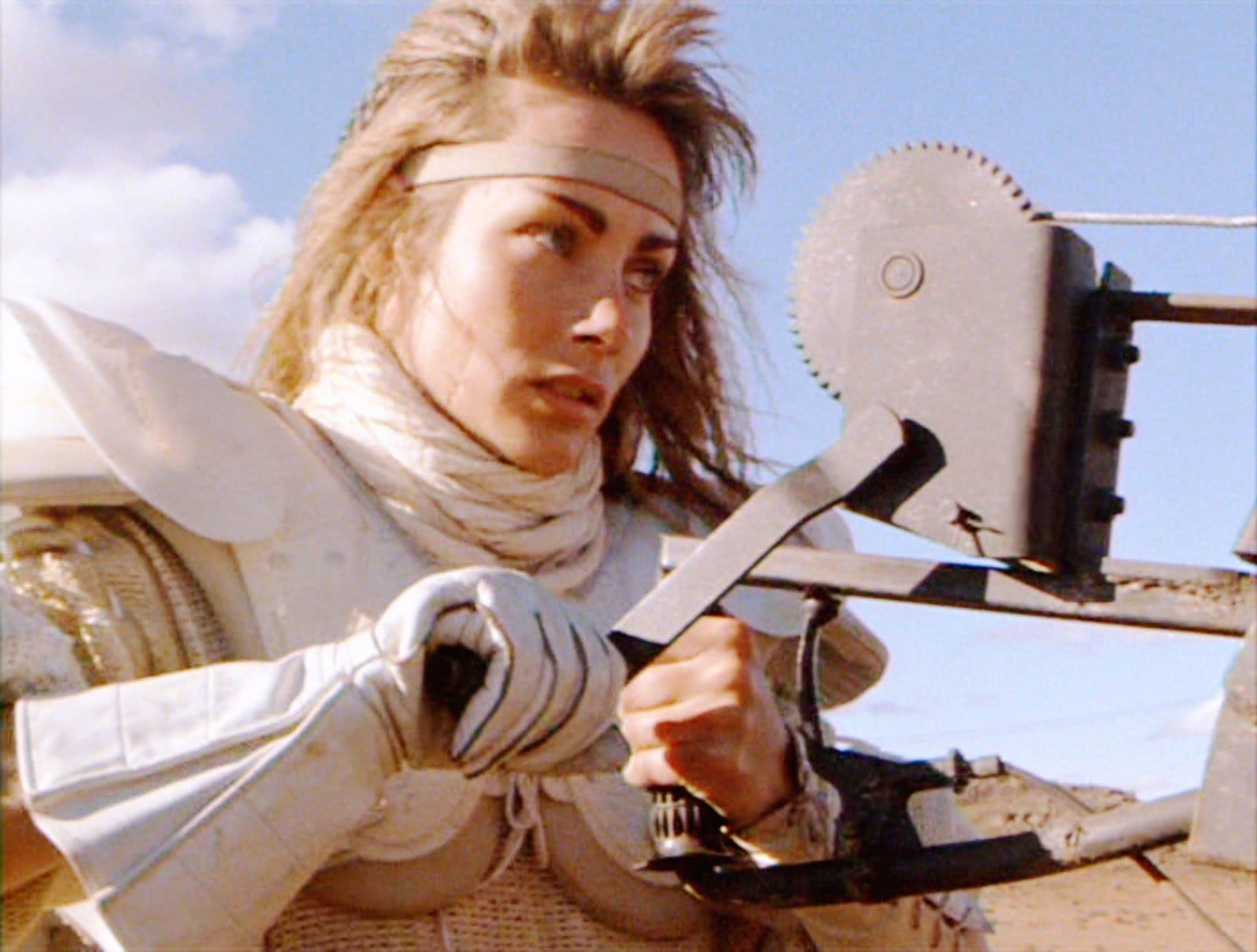

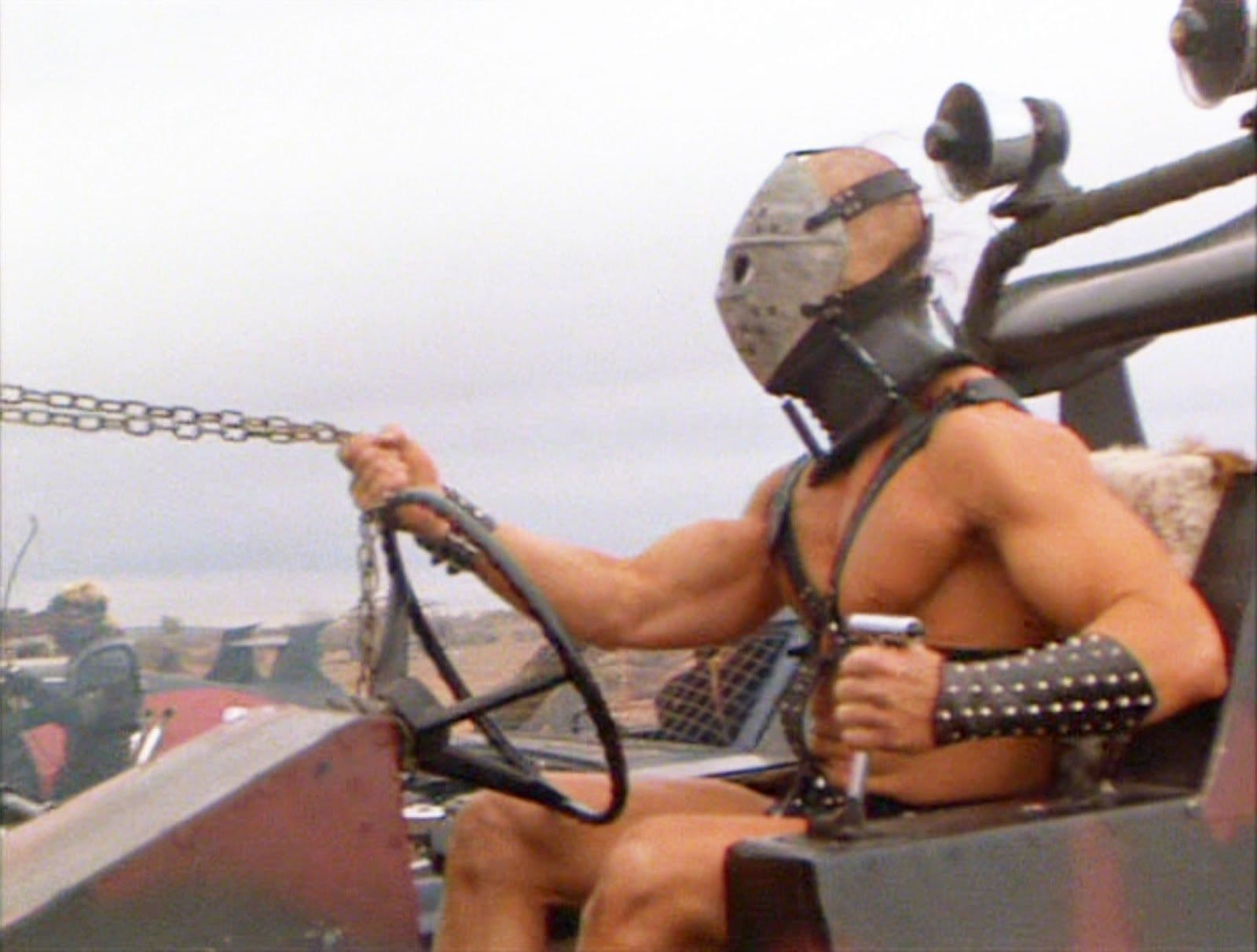
Comments
Loading comments...